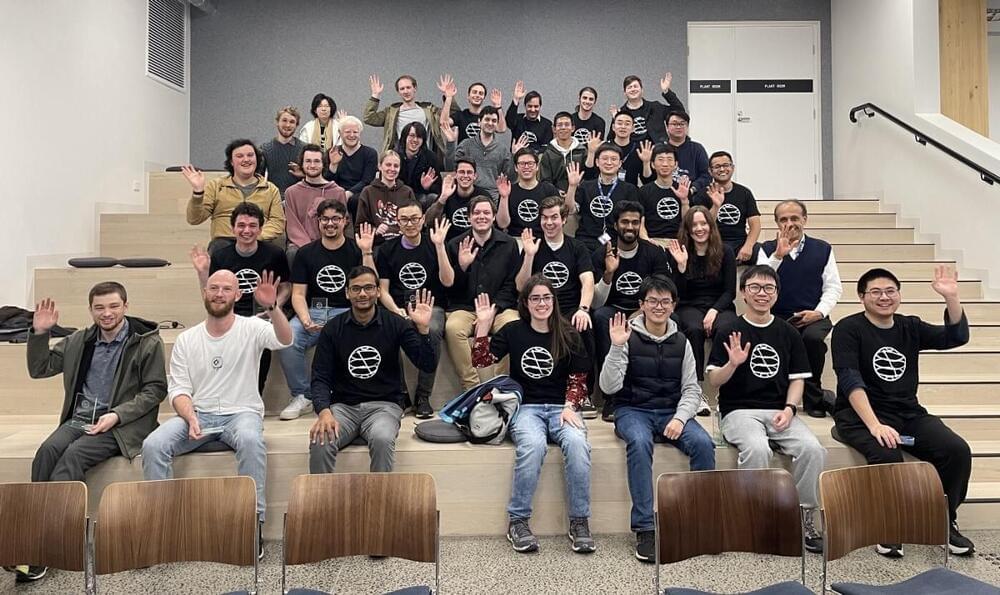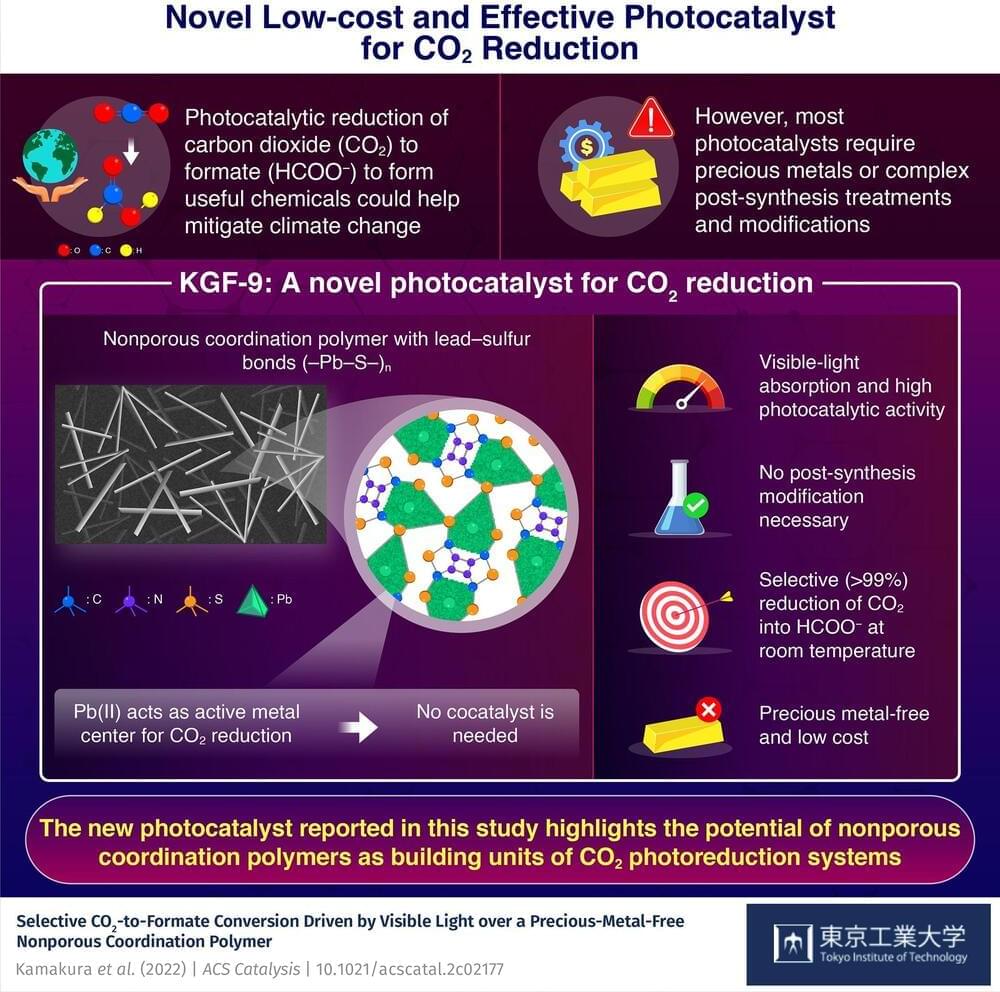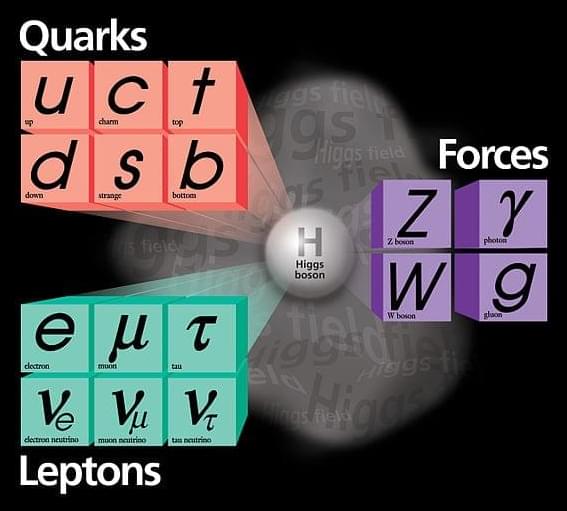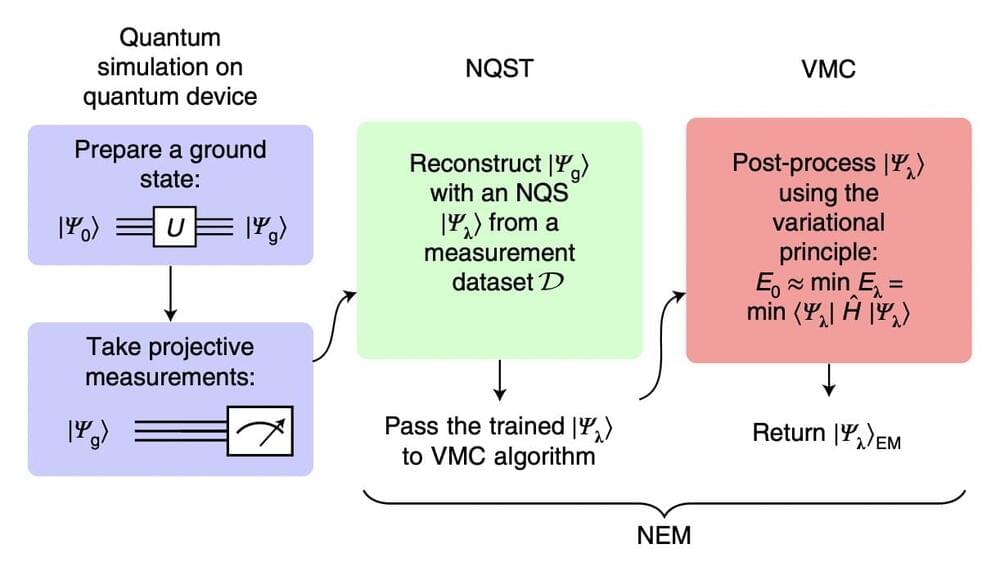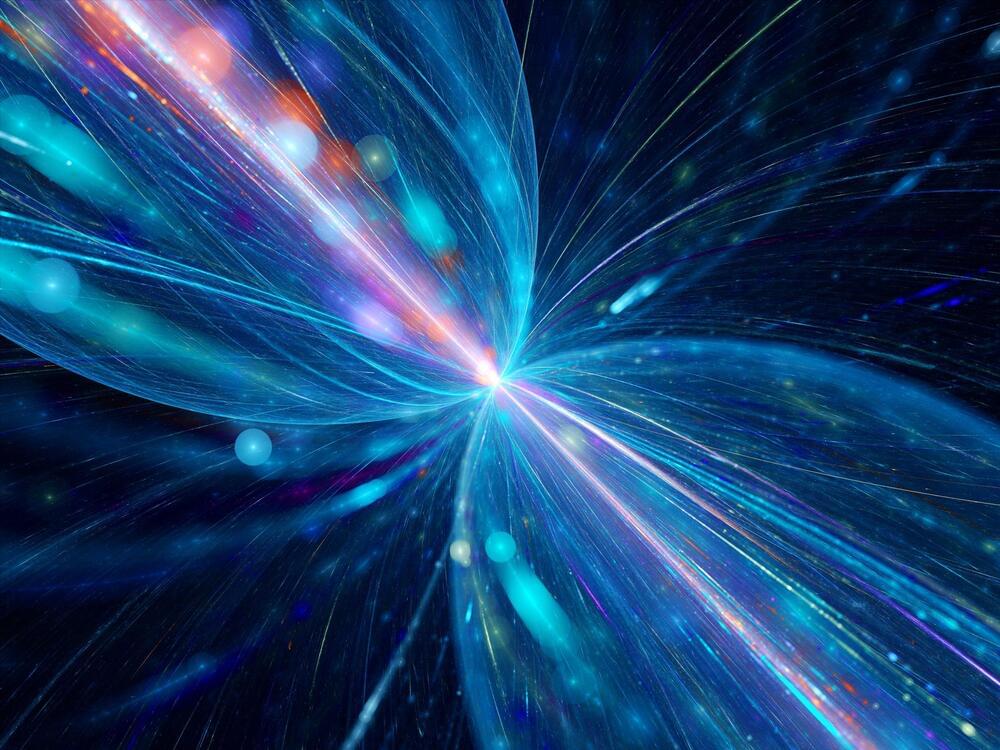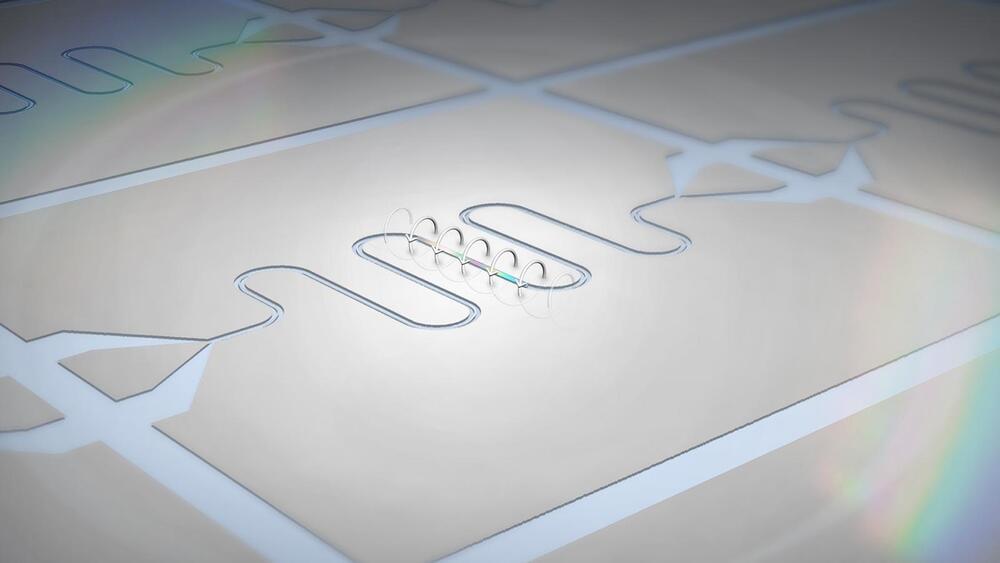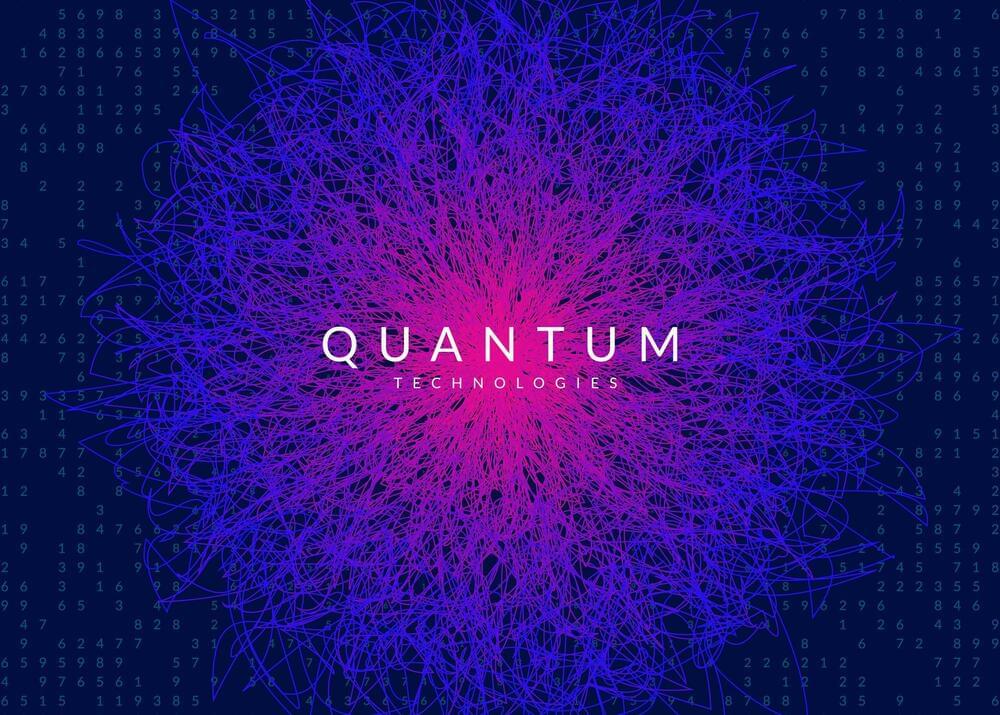Aug 24, 2022
Turning Quantum States into Music at Australia’s First Ever Qiskit Hackathon
Posted by Jose Ruben Rodriguez Fuentes in categories: cybercrime/malcode, media & arts, quantum physics
By Robert Davis and Desiree Vogt-Lee
Quantum computing is notoriously counterintuitive; it challenges us to grapple with concepts that can be difficult to imagine. We often rely on our sense of sight to make those concepts a little easier to grasp, by representing quantum information with visualization models like the Q-sphere or the circuit diagram, and even creative visual arts projects like the recent Quantum Circuit Disks series. But what happens when we represent quantum using not only imagery, but also sound?
One team of Australian researchers is showing the world exactly what that looks like with a project that turns quantum circuits into music videos. That project, which the creators have named “qMuVi” (“quantum Music Video”), earned the titles of both 1st place winner and Community Choice winner at the recent Qiskit Hackathon Melbourne, a hybrid in-person and virtual event held in early July that marked the first ever Qiskit Hackathon in Australia. The event brought together 35 participants over four days to learn about quantum computing and Qiskit, and to use their new knowledge to hack together a diverse array of novel quantum computing projects. The event as a whole was a tremendous success. But before we talk about that, let’s take a closer look at that winning quantum music videos project.
